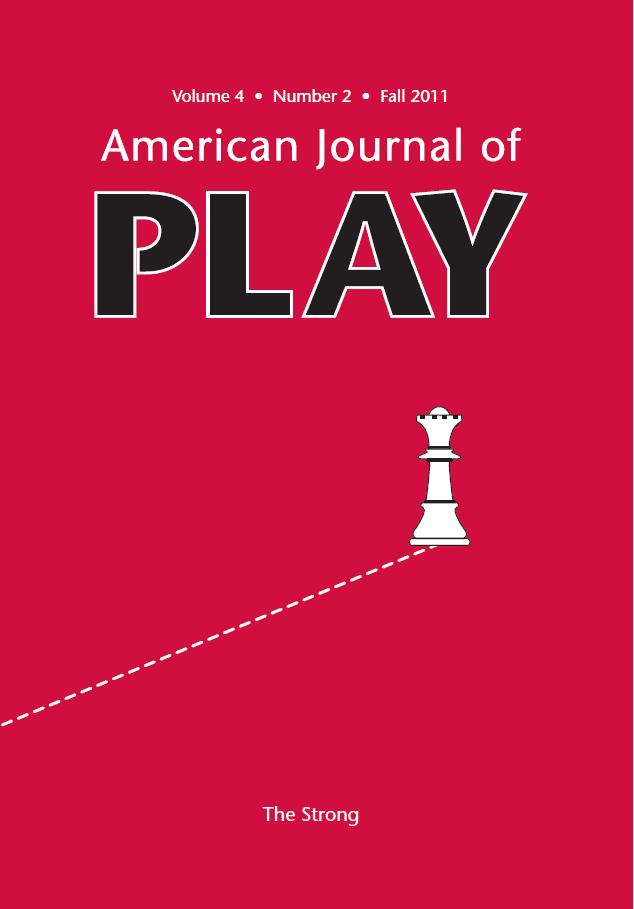Battling the Nature Deficit with Nature Play: An Interview with Richard Louv and Cheryl Charles
Richard Louv and Cheryl Charles research and write about play in natural settings. Louv, a journalist and recent visiting professor at Clemson University, is the author of eight books including the best-selling Last Child in the Woods: Saving Our Children from Nature-Deficit Disorder (2005) and The Nature Principle (2011). His regular column appeared in the San Diego Union-Tribune for more than twenty years. He has also written for the New York Times and Times of London and for Outside and Parents magazines. He has served on the editorial advisory board of Parents and received the Audubon Medal in 2008. Cheryl Charles is a conservationist and K–12 environmental-education specialist who helped launch the Leave No Child Inside initiative with Louv in 2006. A past member of the board of John Denver’s Windstar Foundation, Charles is cofounder and past CEO of the Windstar Land Conservancy and cofounder and CEO of the nonprofit Children and Nature Network. In this interview, Louv and Charles discuss the decline in outdoor play and the implications of this loss of familiarity with the natural world. They identify alarming physical, social, and psychological costs of alienation from nature but hold out hope that play will help reconnect children and families with their natural surroundings. Key words: Benefits of nature play; Children and Nature Network; nature-deficit disorder; nature play




